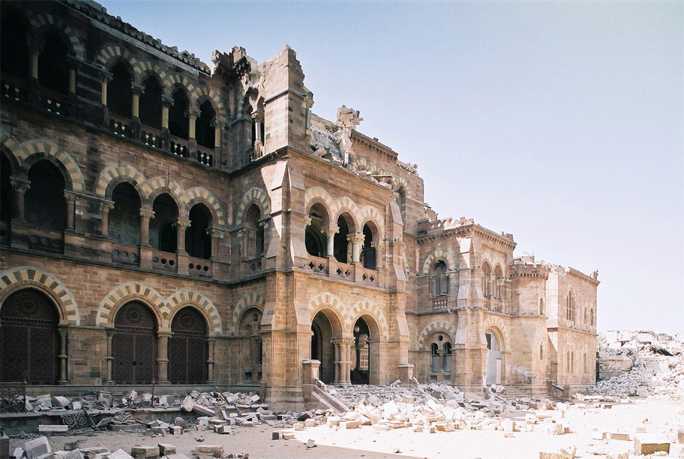The jaw-dropping historical structures like the Taj Mahal, Agra Fort, Fatehpur Sikri, Qutub Minar, Amer Fort, City Palace, Hawa Mahal, Khajuraho Group of Monuments, Sanchi Stupa, Ajanta and Ellora Caves, Shaniwar Wada, Sindhudurg Fort, and so many more are all located in India firmly standing holding a strong history. India is a land of rich history. Right from the presence of holy gods to the reign of multiple emperors over the ages, to the presence of British rule in India, the historical structures are a testament to the country’s rich history. However, living proofs of the same history are gradually fading away. Lack of sufficient funds, mere negligence of the respective authorities and politics of religion are the prime causes of damage to the heritage of India.
Preserving the heritage of India is of utmost importance to pass on its history to future generations. It is a way to educate and teach the upcoming generations about India’s rich history and culture. The continuance of poor maintenance efforts and practices will lead to the young learning about the heritage of India only through textbooks while the large monuments will lay in ruins.
Out of India’s total budget of Rs 39,44,909 crore for the economic year 2022-23, only ₹3,009.05 crores was allocated to the Ministry of Culture, an amount which is highly insufficient for the proper preservation of India’s heritage. This insufficient allocation of funds impacts the maintenance also hurting the tourism of the place.
The Indian government and the official bodies are to be blamed for the plight of the historical structures. Urban pressures, vandalism and demolition due to commercial gains are other common reasons for the poor state of India’s heritage today. The government needs to put in place robust policies to repair and maintain the structures. It also needs to open its arms to private organisations having specialised experts, universities and NGOs to better the conditions of our built structures. These along with the government bodies acting as a supervisor could help in meeting the highest standards.
While many heritage sites in India like the Shaniwar Wada are in an abysmal state, there are a few like the Aga Khan Palace too which have been very well preserved. Aga Khan Palace’s conservation success story is the result of a non-profit partnership established by the Aga Khan Trust for Culture with the Archaeological Survey of India (ASI), and the Central Public Works Department.
If a similar conservation pattern gets implemented across India for the rest of the country’s heritage sites with sufficient funds and the authority’s accountability, the preservation and restoration of the heritage of India will no longer be in danger. This will not just help in passing on India’s rich history and culture to its future generations but also help India in increasing its profits through tourism.





























